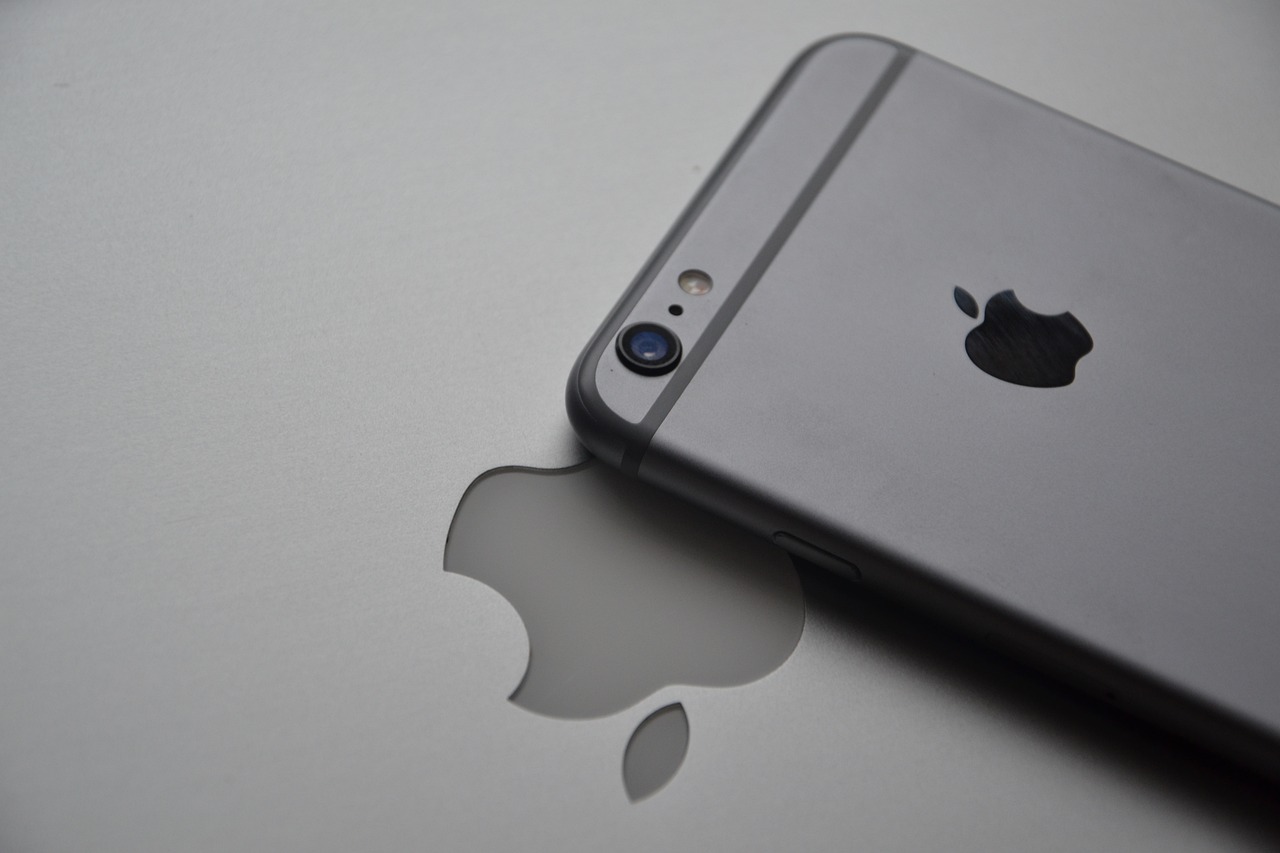Introduction
The third-generation iPhone SE (2022) stands out as the most affordable smartphone in Apple’s current lineup. It also boasts a smaller form factor than most devices on the market—except for one notable exception: the iPhone 13 mini.
For those seeking a truly compact smartphone, these two models are likely the top contenders. But what exactly sets the more expensive iPhone 13 mini apart from the SE? And more importantly, which one is the better choice for you?
Below, we break down the key differences between these two compact iPhones to help you decide which model is worth your investment.
Key Differences Between iPhone SE (2022) and iPhone 13 Mini
The iPhone 13 mini is physically smaller, though the SE is a bit thinner.
The SE has large bezels and a smaller display, while the 13 mini offers a more modern edge-to-edge screen.
Display technology is a major differentiator: the 13 mini uses a sharp and vibrant OLED panel, whereas the SE features an older LCD screen.
Unlocking methods differ too—the 13 mini comes with Face ID, while the SE sticks with the classic Touch ID.
Storage options are another consideration: the SE starts at 64GB, while the 13 mini begins at 128GB.
Both phones run on the same A15 Bionic chip, ensuring fast performance across the board.
Battery life is better on the 13 mini.
Pricing is a big factor—the SE is priced at $430, while the iPhone 13 mini costs around $700.
iPhone SE (2022) – Pros and Cons
Pros:
Significantly more affordable than most other iPhones
Lightweight, slim, and very compact
Classic home button with Touch ID
Supports 5G, including C-band for faster connectivity
Powered by the A15 chip, ensuring strong performance
Solid camera performance in daylight and for video
Cons:
Design feels outdated with thick bezels
LCD screen lacks the brightness and color depth of OLED
Smaller screen may feel limiting for modern app use
While improved, battery life still lags behind other iPhones
Lacks Night mode and ultra-wide camera lens
Base model offers just 64GB of storage
iPhone 13 Mini – Pros and Cons
Pros:
Ultra-compact and easy to carry
Bright, vivid OLED display with excellent color accuracy
Dual-camera system delivers superior photo and video results
Smooth and fast performance thanks to the A15 chip
Comes with 128GB of base storage
Cons:
Refresh rate limited to 60Hz (no ProMotion)
Small screen might not suit heavy users or multitaskers
Battery life is better than the SE, but still the lowest among iPhone 13 models
Final Thoughts
Despite its retro design, the iPhone SE (2022) doesn’t feel cheap. It sports a glass back and aluminum frame, giving it a solid build quality that matches the iPhone 13 mini in many ways. Both phones also come with water and dust resistance—IP67 for the SE and IP68 for the 13 mini. The difference is minor and unlikely to impact everyday use.
In the end, your decision will likely come down to what you value more: affordability and the classic iPhone experience with the SE, or modern features, better display, and improved camera capabilities with the iPhone 13 mini.
 Google Set to Launch a Pinterest Rival: Major Announcement Expected at Google I/O 2025
Google Set to Launch a Pinterest Rival: Major Announcement Expected at Google I/O 2025  iPhone SE vs iPhone 13 Mini: A Compact Phone Showdown
iPhone SE vs iPhone 13 Mini: A Compact Phone Showdown  Mario Kart World Ushers in a New Era with Open-World Racing
Mario Kart World Ushers in a New Era with Open-World Racing  Why Some of the World’s Richest Prefer Android Over iPhones
Why Some of the World’s Richest Prefer Android Over iPhones  Eufymake Unveils UV Printer That Brings 3D Textures to Almost Any Surface
Eufymake Unveils UV Printer That Brings 3D Textures to Almost Any Surface  Google Pixel 8 vs Pixel 7: Genuine Progress or Just More of the Same?
Google Pixel 8 vs Pixel 7: Genuine Progress or Just More of the Same?  NVIDIA Blames Users, AIB Partners, and Third-party Cable Makers for RTX 40 and RTX 50 GPU Burnouts
NVIDIA Blames Users, AIB Partners, and Third-party Cable Makers for RTX 40 and RTX 50 GPU Burnouts  NeuroSense Therapeutics: A Promising Biotech Stock in the Neurodegenerative Space
NeuroSense Therapeutics: A Promising Biotech Stock in the Neurodegenerative Space  Critical LDAP Vulnerability Puts Windows Systems at Risk
Critical LDAP Vulnerability Puts Windows Systems at Risk 